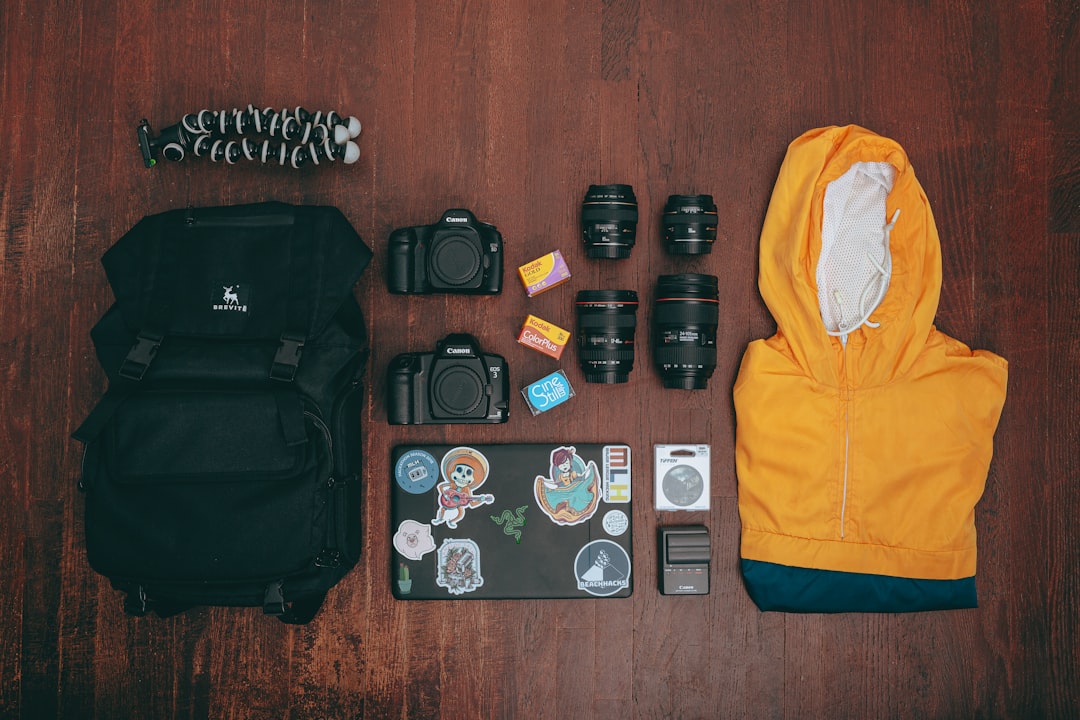54 utenti della rete avevano questa curiosità: Spiegami: What is actually happening when you stain a plastic container/surface?
If you put spagetti sauce in a tupperware container, the tupperware is seemingly stained orange forever. What is actually happening to cause this? Does the plastic container absorb molecules from the spaghetti sauce which is forever trapped in the polymer chains?
Ed ecco le risposte:
I found a comment by u/varialectio from a year ago that I think explains it really well. “Tupperware and similar products are polyethylene or polypropylene. These are hydrophobic materials, more oil-like than water-like. when you cook a sauce with tomato you’ve probably seen the reddish oil layer on top. That is because some of the colors in tomato are oil soluble so dissolve preferentially in the fat/oil instead of the water part. So when it’s put in the hydrophobic container, those color molecules are compatible with the plastic and can migrate into it in a way that water-like molecules can’t”…….. Supposedly putting sugar, ice, and water in the container and cleaning it that way will pull all of the stain out. The only true way to prevent stained storage containers is to switch to glass tupperware. That’s what I did and I’m never going back to plastic.
This is caused by tomatoes and fat. Plastic is in the most basic sense just crystallized oil (hydrocarbon). So it’s susceptible to staining from oil-based foods.
Tomatoes are colored red through lycopene. This is a red/orange oil (hydrocarbon.) When you cook foods in plastic The pores of the plastic open up a bit and are more likely to take on elements of your food. Like atracks like so the lycopene attaches to the structure of the container It literally becomes part of the container That’s why you can’t get that stain out.

